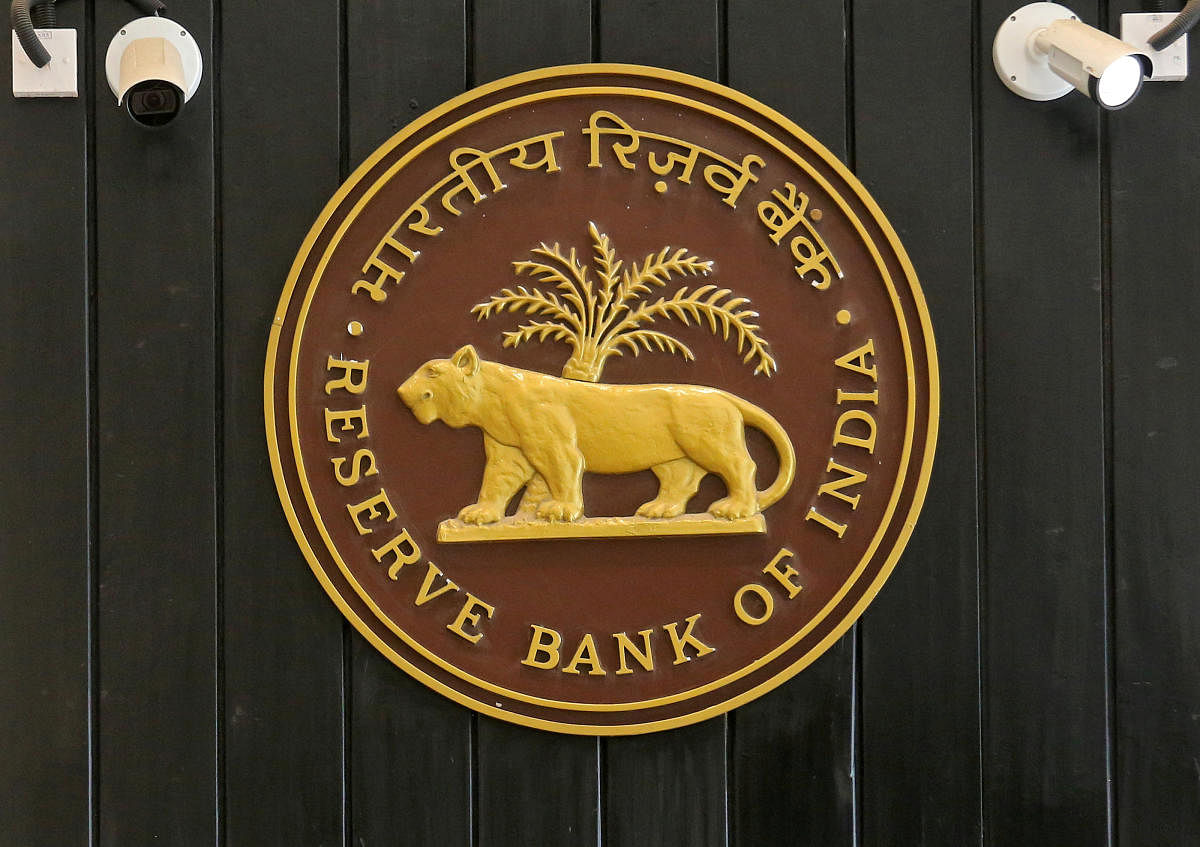The Reserve Bank of India (RBI) has yet again cut the key policy interest rate - the repo - to 4% last week, the lowest in two decades. The step came after Finance Minister Nirmala Sitharaman’s Rs 20 lakh crore fiscal stimulus, fell abysmally short of expectation and handed out no immediate respite to those suffering the severest COVID-19 blow. It was widely criticised by all shades of people and a global brokerage firm Bernstein even asked Finance Minister Nirmala Sitharaman, “Is the aim to revive GDP, or to reach the 20,000,000,000,000 number?
It is intriguing that within a week of one of the world’s largest fiscal stimuli, the RBI had to intervene with another set of monetary easing. That itself speaks volumes about the effectiveness of the fiscal largesse the government sought to deliver. The RBI under the stewardship of Shaktikanta Das has been the most amiable in India’s history. He has delivered a 250 basis point cut or a flat 2.5 percentage points in one and a half years since he joined the Mint Street at the fag end of 2018. Notwithstanding the pandemic period, when almost all the central banks have been following easy monetary policy to anchor the virus-stricken economy, Das had handed out a 135 basis point cut even before that, when India’s economy had weakened.
This is typically what the governments love the central banks to do – keep the interest rates low, keep the cost of capital at the lower end, bring in more investment and create jobs. The central bankers, in turn, demand the government to compliment with equal measures because capital alone cannot jack up production, increase demand and boost consumption. The RBI, though, has delivered handsome rate cuts, it has reminded the government too that at a time like this when private consumption, the mainstay of Indian economy, has hit rock bottom, the government needs to drive it through various fiscal tools.
Land and labour reforms are welcome. They are the other two factors of production apart from capital. But when people have lost jobs, households have lost income and postponed their discretionary purchases, as evident from a decline in the manufacturing sector, no amount of freeing up of capital can help.
An IMF study released late Saturday said fiscal stimulus measures—such as temporary targeted cash transfers to liquidity-constrained, low-income households that kick in when the unemployment rate rises above a certain threshold—could be highly effective in countering a downturn caused by a typical demand shortfall. The RBI data substantiates that.
Bank credit in single digit
Banks’ credit growth has moved to single digits despite the repo rate remaining at an all time low. The latest data shows loan growth of commercial banks has nearly halved to 6.5% in May from 12.9% in December 2018, before Das began to cut interest rates. Bank credit has consistently declined since then, quarter after quarter, even before the outbreak of Covid-19. Clearly, there is something else that is ailing the economy and it is not cost of capital at the moment. While banks are afraid of lending, businesses are not coming forward to take loans either.
The collapse in demand across urban and rural India as the RBI has alluded to, the stress in manufacturing and services shown in the PMI survey and the depressed capacity utilisation data by the companies is throwing up enough hints that the RBI rate cuts will not help the economy at this juncture.
In one of her interviews after delivering an apparently mammoth fiscal package, the finance minister said she had compared announcements made by other countries too, and that India’s was not different from them.
An IMF tracker of G-20 countries’ fiscal support to fight Covid-19 till May 20 showed India’s total revenue and spending measures as compared to its GDP were lowest among them. Even Turkey, with a population of a little above 8 crore has unleashed spending support more than two times that of India, which has 130 crore people and an estimated 68% of whom are under poverty line. The RBI accounts for close to Rs 10 lakh crore of support extended to the Covid-infected economy, while the government has actually given only a little above Rs 2 lakh crore of direct support to poor and marginalised.

